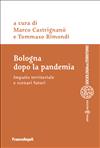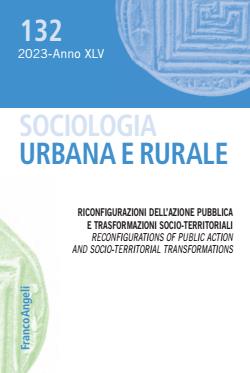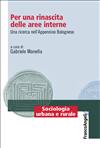
Impatto territoriale e scenari futuri
La pandemia di Covid-19 ha contribuito a evidenziare alcuni dei limiti delle nostre città. Il mercato del lavoro, il turismo, i servizi hanno accusato un contraccolpo che può essere interpretato come una “deflagrazione” di contraddizioni e fragilità preesistenti, messe a nudo dal contesto pandemico. Il volume propone una riflessione ampia sui molteplici impatti della pandemia sulla città di Bologna.
cod. 11561.8





